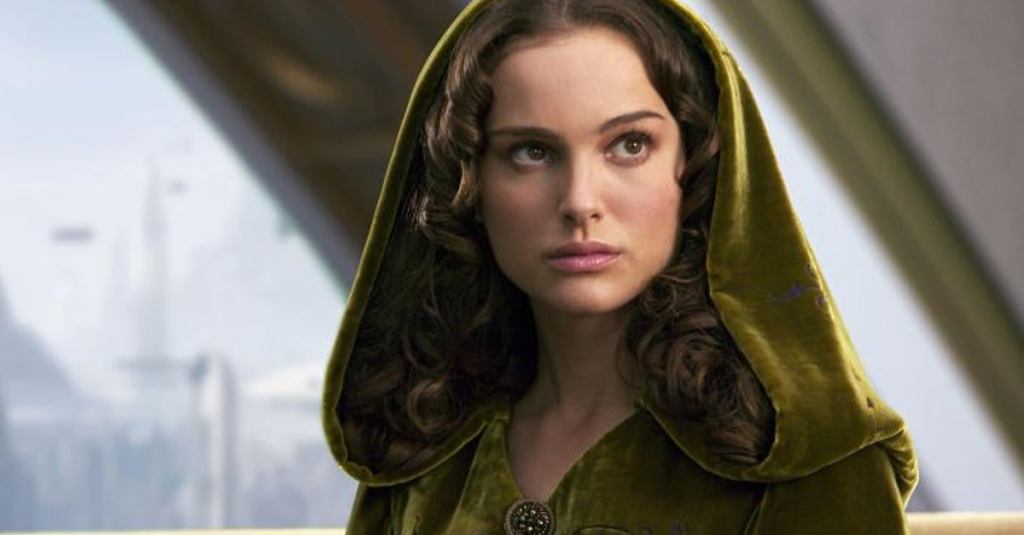
The tragic climax of Revenge of the Sith saw the apparent death of Padme Amidala shortly after giving birth to Luke and Leia, a devastating loss that scattered the Skywalker twins and ushered in the oppressive reign of the Empire. However, George Lucas initially envisioned a different, more bittersweet fate for Padme. In this alternate ending, Padme survived childbirth, offering a fleeting glimpse of a united family amidst galactic turmoil. For a brief but critical period, Padme actively raised Leia on Alderaan, even as the seeds of rebellion began to sprout. While Luke was secreted away to Tatooine under Obi-Wan’s watchful eye, Leia benefited from her mother’s direct influence, inheriting her strength and compassion before tragedy ultimately struck, leaving her to be raised by the Organa family with the memory of her valiant mother.
Padme’s extended survival, though ultimately short lived, profoundly impacted the early lives of her children, shaping their destinies in ways the final film only hinted at.
Padme’s Extended Survival and its Immediate Aftermath

George Lucas’ initial ideas for the ending of Episode III are collected in the book The Star Wars Archives: Episodes I-III by Paul Duncan. Lucas’ statement was given to the producers of Return of the Jedi in 1981 to provide context for Luke and Leia’s past.
This alternate scenario paints a bittersweet picture of hope amidst the encroaching darkness of the Empire. “Mrs. Skywalker has had the kids, the twins, two little babies who are six months old or so,” Lucas explained, offering a tantalizing glimpse into a reality where the Skywalker family’s story didn’t immediately fracture. This survival, however, was not destined to usher in an era of happiness for the family. The looming shadow of Anakin’s transformation into Darth Vader necessitated a desperate plan to protect the newborn twins from the clutches of the fledgling Empire and their own father’s descent into the dark side.
The immense power inherent in the Skywalker bloodline, strong with the Force, became the drive behind the decision to separate Luke and Leia. Obi-Wan Kenobi, recognizing the immense danger the infants faced, formulated a strategy for their protection. Continuing his thoughts, Lucas said: “The Skywalker line is very strong with the Force, so Ben says, ‘I think we should protect the kids, because they may be able to help us right the wrong that your husband has created in the universe.’” This foresight led to the heartbreaking choice to divide the twins, a measure taken to conceal them from the Emperor’s growing power and the unknown actions Darth Vader could possibly take upon finding out his children were alive.
RELATED: Star Wars Women Power Ranking: From Force-Wielders to Rebel Leaders
Leia’s destiny, in this alternative version, is intertwined with her mother’s for a brief period. “Leia and Luke’s mother [goes] to Alderaan and [is] taken by the king there, who is a friend of Ben’s,” Lucas revealed. This suggests a deliberate effort, likely orchestrated by Obi-Wan, to place both Padme and Leia under the protection of trusted allies within the slowly-forming Rebellion. However, this sanctuary was not to last. “[Padme] dies shortly thereafter, and Leia is brought up by her foster parents. She knows that her real mother died.” While Padme’s survival extended beyond childbirth in this original concept, her ultimate fate remained tragic, leaving Leia to be raised by the Organas, carrying the memory of a mother she barely knew, and completely unaware of her twin brother’s existence on a distant desert planet.
The implications of Padme living to see her children, even for a few months, are profound. It suggests a fleeting window of time where the Skywalker family, though fractured by Anakin’s fall, still existed in some form. Padme, a figure of immense moral strength and political expertise, would have witnessed the immediate aftermath of her husband’s choices, a perspective absent in the final film. Her presence on Alderaan, even briefly, could have subtly shaped Leia’s formative years, perhaps instilling in her the seeds of compassion, resilience, and a commitment to justice that would later define her role in the Rebel Alliance.
The Seeds of Rebellion: Separation and the Shaping of Destinies

Obi-Wan assumed the crucial role of safeguarding Luke, choosing the desolate anonymity of Tatooine as his hiding place. “Ben takes one [twin] and gives him to a couple out there on Tatooine and he gets his little hideout in the hills and he watches him grow,” Lucas detailed. This act of entrusting Luke to the care of Owen and Beru Lars allowed the young Skywalker to remain hidden from the galaxy’s conflicts.
As one of the few Jedi survivors of Order 66, Obi-Wan was a prime target for Darth Vader and the newly formed Inquisitorius, dark side hunters dedicated to eradicating the remaining Jedi. Even Darth Maul’s relentless pursuit underscored the constant danger Obi-Wan faced. Raising Luke openly would have been an act of extreme recklessness, jeopardizing both their lives and potentially extinguishing a vital spark of hope for the future. Obi-Wan’s solitary vigil became a necessary sacrifice to ensure Luke’s survival and eventual role in restoring balance to the Force.
RELATED: We Finally Know Why Obi-Wan Didn’t Raise Luke Skywalker on His Own
The separation of the twins, driven by the dire necessity of concealing them from the Empire, set the stage for their eventual, unknowing meeting in the original trilogy. Raised in vastly different environments – Luke on the harsh plains of Tatooine, steeped in a simple life, and Leia in the refined courts of Alderaan, immersed in politics and diplomacy – they would each develop the strength and character necessary to confront the darkness that had consumed their father and gripped the galaxy. Luke’s latent Force abilities would remain dormant until Obi-Wan’s eventual guidance, while Leia’s innate leadership and unwavering spirit would blossom within the Rebellion.
In this alternate version of Revenge of the Sith, Padme’s survival, even for a short but significant period, adds a layer of complexity to the ultimate tragedy of the Skywalker family’s fate. It underscores the desperate measures taken by the heroes of the Republic to safeguard the future and highlights the enduring bond between a mother and her children, even in the face of galactic upheaval. While her death remained a sorrowful inevitability, the image of Padme holding her infant twins, a fleeting moment of hope before the long night of the Empire, offers a powerful and moving counterpoint to the darkness that ultimately prevailed. This lost vision serves as a poignant reminder of the sacrifices made and the enduring strength of the Skywalker legacy, even in its most fractured form.
Star Wars movies are streaming on Disney+.
The post In Another Version of Revenge of the Sith, Padme Lived to See Her Children Grow appeared first on ComicBook.com.
